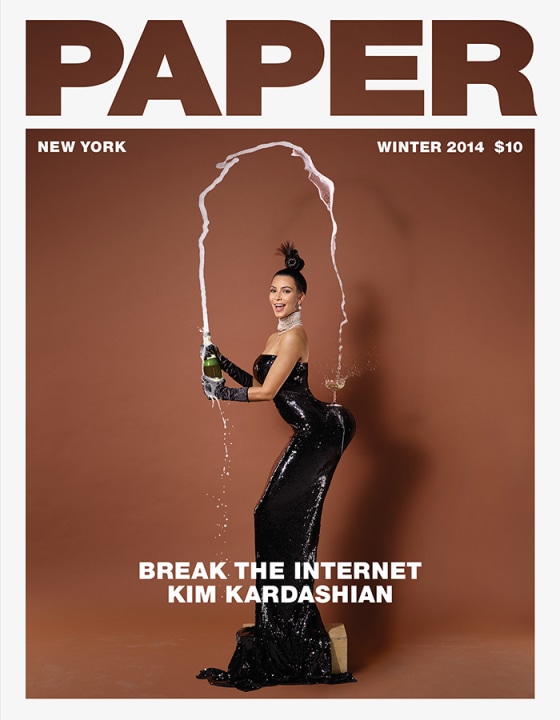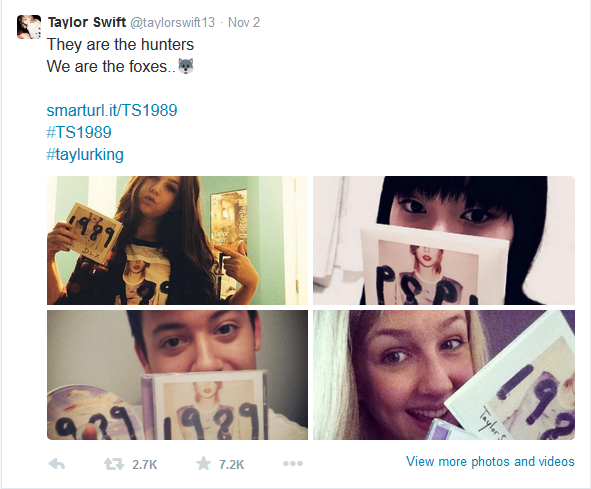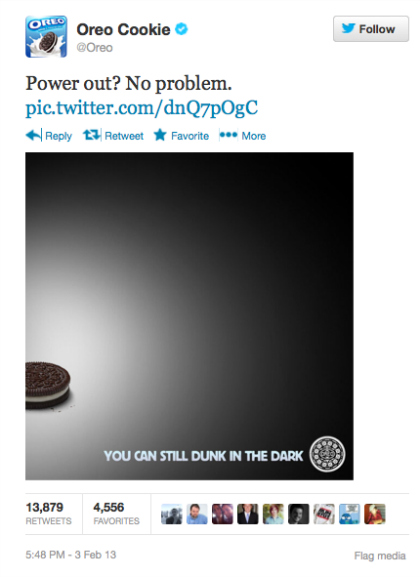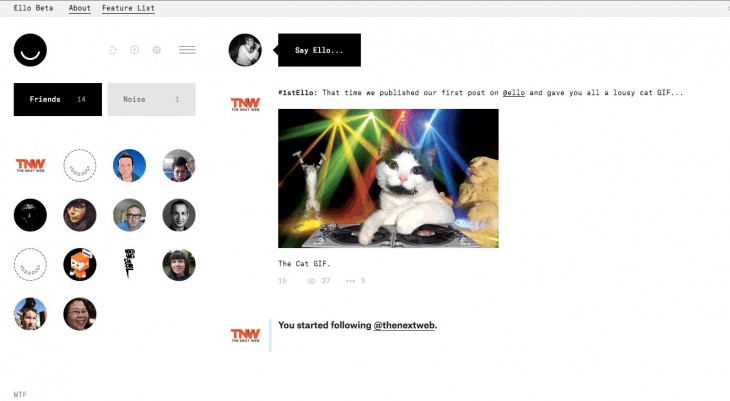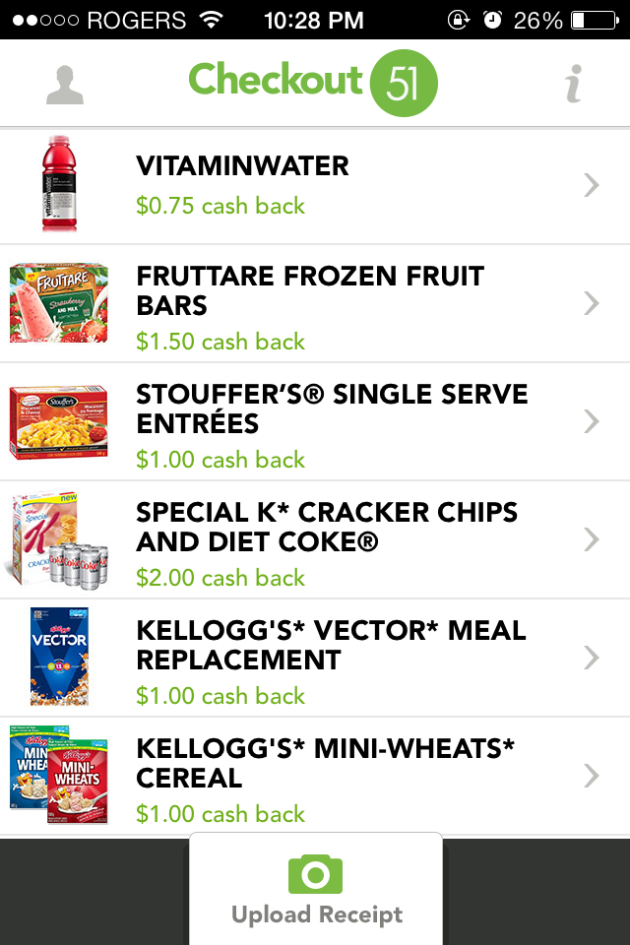In class, we discussed how brands were finding it more difficult to reach users with purely organic content on Facebook. There has been a huge decrease in traction for organic posts, with one study finding that it was halved over the course of four months. This is especially evident for Facebook pages with a larger following (500,000+ likes), where many of them saw their organic reach plummet to just 2% in February of this year.

Facebook has recently announced that it intends to crack down on overly promotional posts from brands. Starting in January, updates that are deemed “too promotional” will no longer show up in users’ News Feeds as often, even if they had “liked” the page.
What constitutes as “too promotional”? Facebook defines this in three ways:
1) Key messaging that pushes users to buy a product or install an app
2) Posts that push people to enter contests/promotions without proper context
3) Posts that reuse the exact same content as existing ads.
This indicates that Facebook is pushing brands to buy ads if they want to make any sort of significant impact or reach with their messaging. This can be of concern to smaller brands or start-up companies, who may not necessarily have the budget to put money towards their social media marketing.
Overall, in my opinion, it will improve both the user experience (by de-cluttering their feeds from overly promotional posts), and will force brands to write more engaging and relevant organic posts. This will, in turn, improve consumers’ relationships with the brand, and give them a reason to keep following and engaging with brands on Facebook.

